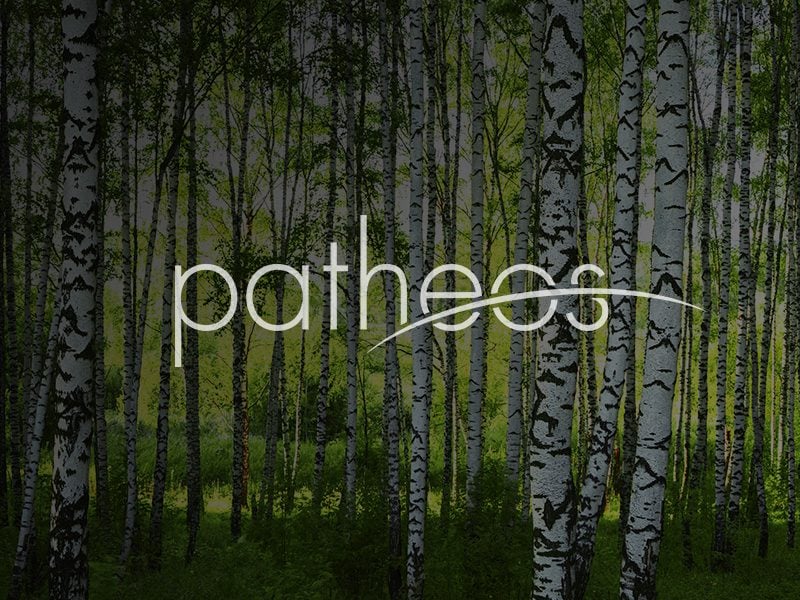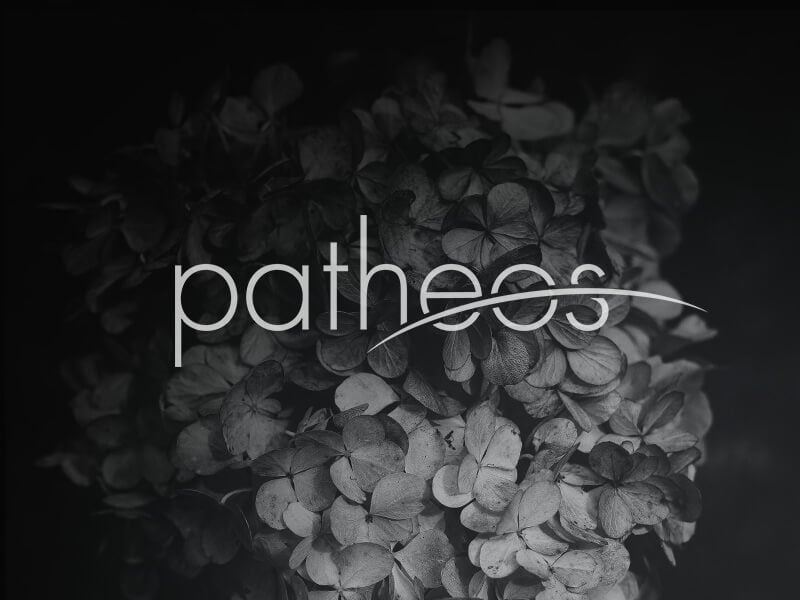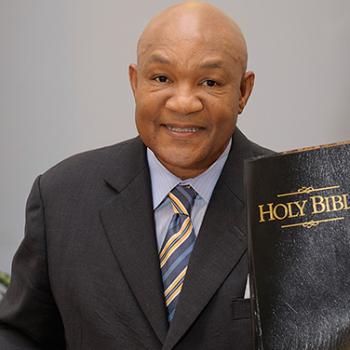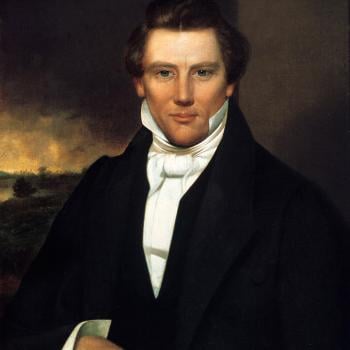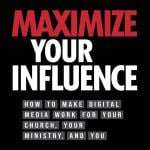Stephen Finlan (Problems With Atonement, 20-29) offers a sixfold typology of “spiritualization” of sacrifice that includes “moralizing interpretation of ritual,” “internalizing,” the use of ritual imagery for non-ritual realities, at the extreme an outright “rejection of ritual.” What he identifies as “spiritualization” is certainly present in both Jewish and Christian writers. But the whole analysis assumes an unstated definition of sacrifice that detaches it from it canonical (and, I would argue, historical) settings. He spends several pages, for instance, examining... Read more


